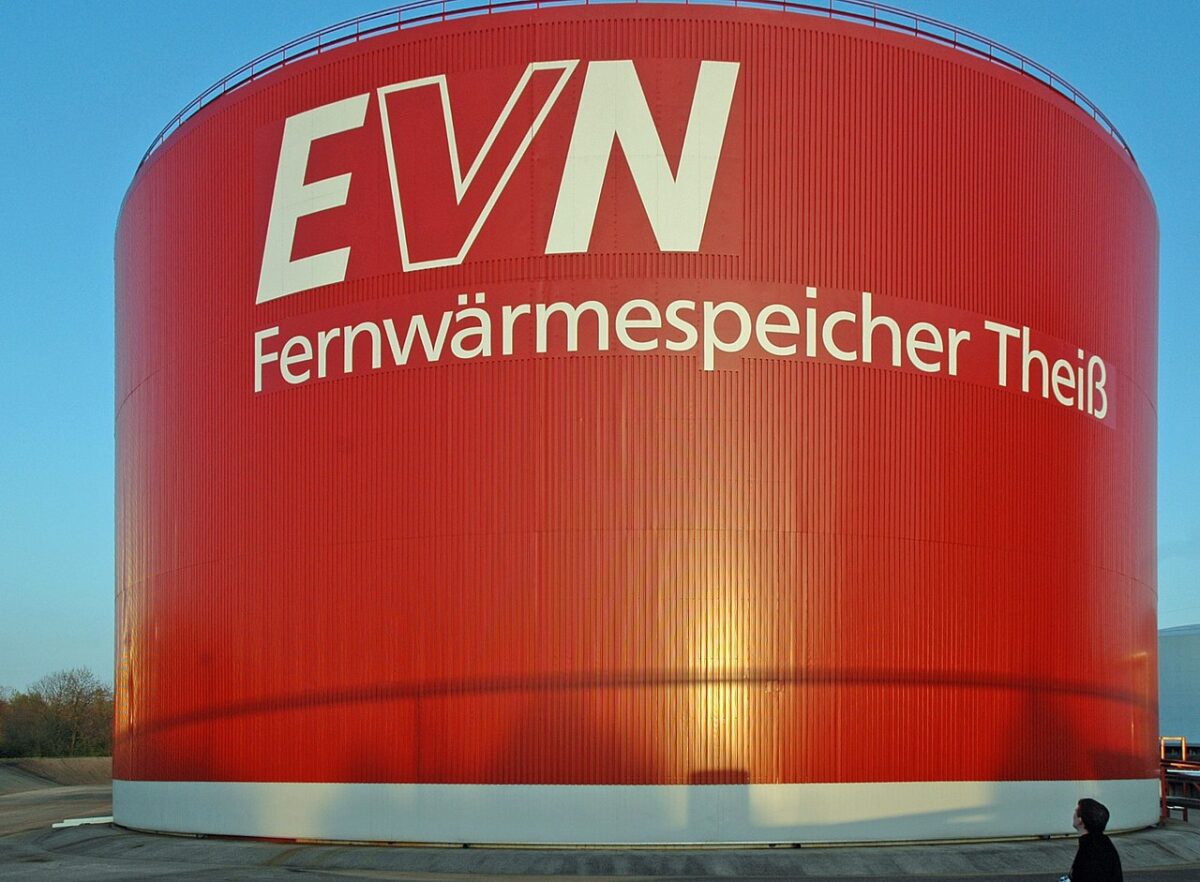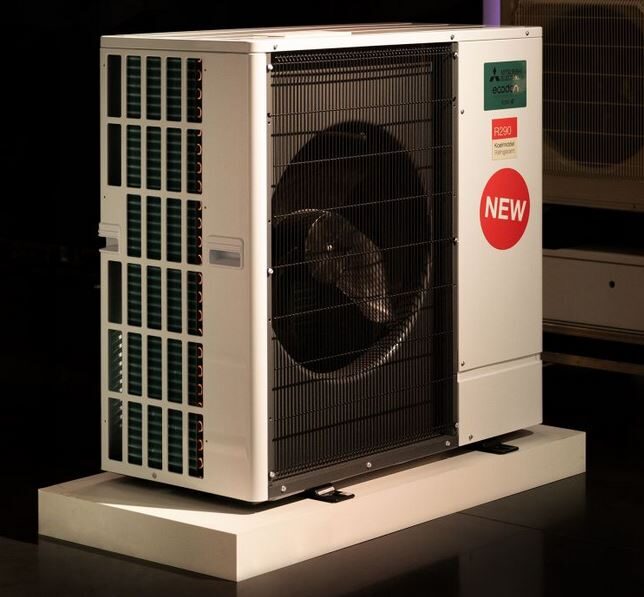Embedding local, decentralized heat pumps (HPs) into a district heating system could cut operating expenses by 24%, according to new research from the Aalto University in Finland.
The scientists said that heat pumps could achieve significant cost savings when they push surplus heat into district networks, based on a case study of six buildings in Espoo, Finland. The buildings were all connected to the local district heating network, with air-to-water heat pumps being modeled to work in parallel with the network.
The Finnish group outlined nine scenarios for combined heat production, factoring in base and peak demand from heat pumps and centralized heating. They also considered the option of selling excess heat. The study calculated cost-effective heat production strategies for each hour, based on demand and short-term operational expenses.
According to the researchers, heat pumps provided up to 76% of the heat in July, Finland's hottest month, while this figure decreased to 36% during the coldest month, February.
“When optimizing heat delivery operational expenditure of the hybrid heating, the cost-optimal choice would be to dimension heat pumps to cover the peak heat demand,” the group said, adding that the parallel use of heat pumps and district heating is crucial to achieving a cost-optimal outcome. “Minimum opex is achieved by dimensioning the HP system for peak heat demand, which is the highest accepted dimensioning in the modeling. However, if HP capex is considered in total heat delivery costs, it is not economic to invest in HPs in the studied case.”
The researchers said that adding heat pumps to the district heat network increased total heat delivery costs.
“This maintenance/replacement investment should be analyzed further in order to make more thorough conclusions regarding the profitability of investing in heat pumps in district heat systems,” they stated.
They presented their findings in “Cost-optimization model to design and operate hybrid heating systems – Case study of district heating system with decentralized heat pumps in Finland,” which was recently published in Energy.
“The future work of developing the modelling tool is to focus on expanding the scope to larger systems (area, municipality, country) as well as including alternative heat pump technologies, storage technologies and heat demand response into the model,” they concluded.
This content is protected by copyright and may not be reused. If you want to cooperate with us and would like to reuse some of our content, please contact: editors@pv-magazine.com.



1 comment
By submitting this form you agree to pv magazine using your data for the purposes of publishing your comment.
Your personal data will only be disclosed or otherwise transmitted to third parties for the purposes of spam filtering or if this is necessary for technical maintenance of the website. Any other transfer to third parties will not take place unless this is justified on the basis of applicable data protection regulations or if pv magazine is legally obliged to do so.
You may revoke this consent at any time with effect for the future, in which case your personal data will be deleted immediately. Otherwise, your data will be deleted if pv magazine has processed your request or the purpose of data storage is fulfilled.
Further information on data privacy can be found in our Data Protection Policy.